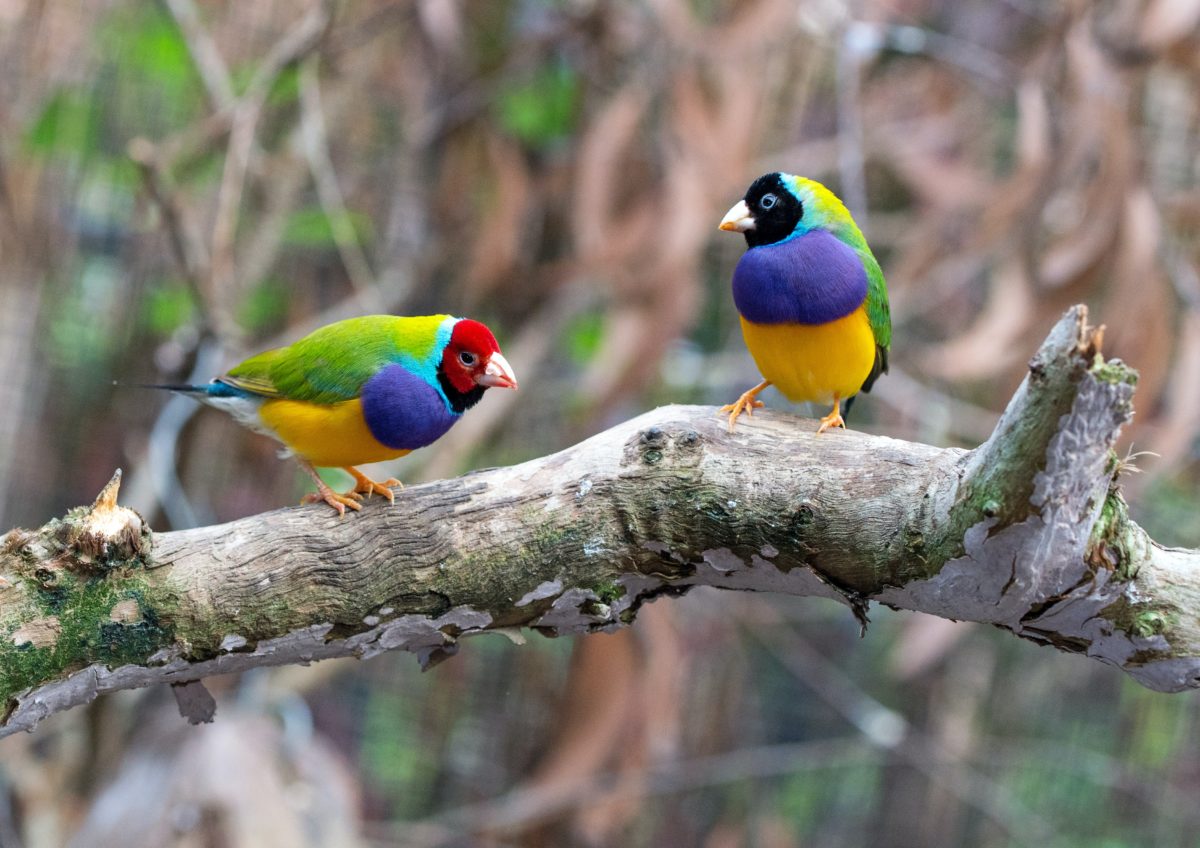This is an article that I wrote with Gareth Kindler and James Watson for The Conversation, details below. Tim Carden (Digital Wando) was the developer and designer working with the project.

Gareth Kindler, The University of Queensland; James Watson, The University of Queensland, and Nick Kelly, Queensland University of Technology
More than 1,800 Australian plants and animals are considered at-risk of extinction, and yet protecting threatened species is almost entirely absent from the current election campaign.
We’ve developed a web app, which launches today, that lets Australians learn which threatened plants and animals live in their federal electorate.
For example, we found the electorate with the most threatened species is Durack in Western Australia, held currently by the Liberal party’s Melissa Price. Some 61 threatened animals and 198 threatened plants live or used to live within its boundaries, such as the Numbat, Gouldian finch and the Western underground orchid.
Our goal is to help users engage with their elected representatives and put imperilled species on the political agenda this election and beyond. We urgently need to convince federal politicians to act, for they hold the keys to saving these species. So what can they do to help their plight?

Threatened species in your neighbourhood
Our new app, called Threatened Australians, uses federal government data to introduce you to the threatened species living in your neighbourhood.
By entering a post code, users can learn what the species looks like, where they can be found (in relation to their electorate), and what’s threatening them. Importantly, users can learn about their incumbent elected representative, and the democratic actions that work towards making a difference.
For example, entering the postcode 2060 – the seat of North Sydney, held currently by the Liberal Party’s Trent Zimmerman – tells us there are 23 threatened animals and 14 threatened plants that live or used to live there.
This includes the koala which, among many others, have seen devastating losses in their populations in recent decades due to habitat destruction.
We’ve also put together data dividing the number of threatened species that live or used to live across each party’s electorates, as shown in the chart below. Labor-held seats are home to 775 of the 1,800-plus threatened species, while Liberal-held seats have 1,168.
A seriously neglected issue
The good news is we know how to avert the extinction crisis. Innumerable reports and peer-reviewed studies have detailed why the crisis is occurring, including a major independent review of Australia’s environment laws which outlined the necessary federal reforms for changing this trajectory.
The bad news is these comprehensive reforms, like almost all the previous calls to action on the threatened species crisis, have been largely ignored.
Predictions show the situation will drastically worsen for threatened species over the next two decades if nothing changes.

Yet, environmental issues rarely play key roles in federal elections, despite the connection Australians share with the environment and our wildlife.
The health of the environment continually ranks among the top issues Australians care about, and nature tourists in Australia spend over $23 billion per year.
So how can we address this mismatch of widespread public desire for environmental action yet political candidates are focused on other issues?
What can local MPs actually do about it?
For change to occur, communities must effectively persuade elected representatives to act. There are a few ways they can exercise their democratic powers to make a difference.
Federal MPs often champion and advocate important issues such as developing new hospitals, schools and car parks in their electorate. By speaking out and advocating for their electorate in parliament and with the media, they can garner the support, such as funding and reform, to deliver change for their electorate.

Local MPs can help protect threatened species by instigating and voting for improved policy.
Let’s say, for instance, legislation for approving a new mine was before parliament, and the development overlapped with the habitat of a threatened animal. If protecting a certain plant or animal was on an MPs agenda thanks to the efforts of their community, it would help determine whether the MP votes for such legislation.
This has broader applications, too. Making the threatened species crisis a priority for an MP would determine the lengths they would go to for conservation in their electorate and Australia wide.
Threatened species desperately need the required funding alongside the appropriate policy and legislative reform. The current policies are responsible for the threats causing many species to go endangered in the first place.

Our app can help users engage with the current sitting MP in their electorate with the click of a button, as it helps users write an email to them. It’s time federal representatives were asked about their policies on threatened species and what they plan to do for them in their electoral backyards.
While climate change has, for decades, unfathomably been the subject of fierce debate in the Australian parliament, threatened species can be a cause of unity across the political divide.
We need an honest and urgent dialogue between local communities and their representatives about how to deal with the challenge these species face and what each prospective candidate intends to do about it.
Gareth Kindler, PhD Candidate, The University of Queensland; James Watson, Professor, The University of Queensland, and Nick Kelly, Senior Lecturer in Interaction Design, Queensland University of Technology
This article is republished from The Conversation under a Creative Commons license. Read the original article.
